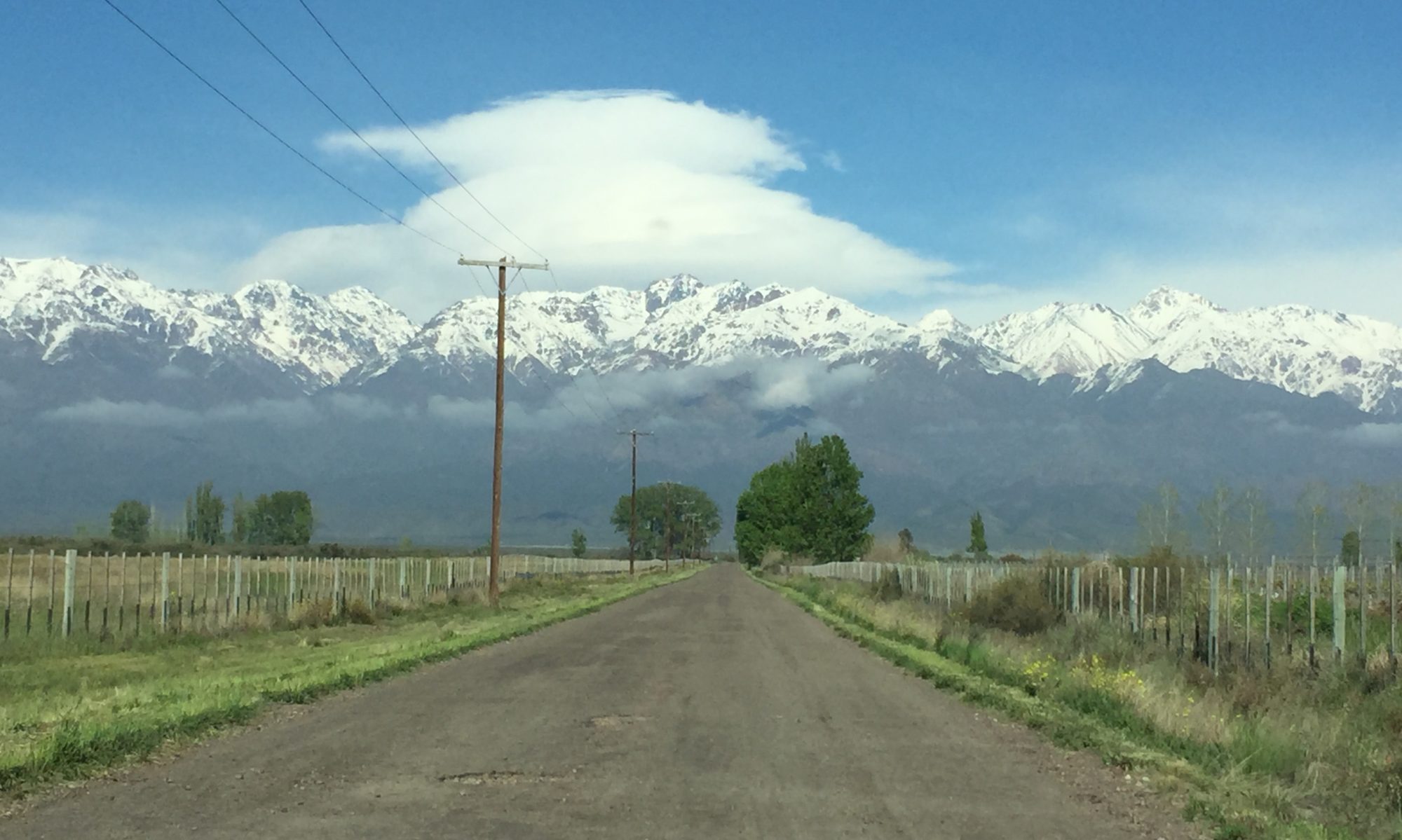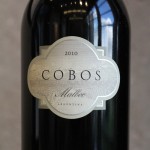 (4.5 / 5)
(4.5 / 5)
Cobos Malbec


It’s the wine most of us never get to drink. At least until we inherit a bigass fortune or win the Lottery.
I’m talking about Cobos Malbec, the icon wine from Paul Hobbs’ legendary Vina Cobos in Mendoza’s Luján de Cuyo region. Hobbs has consulted with numerous wineries in Argentina, but this is the vineyard he owns, so obviously it’s the one he’s put his most masterful touch on.

I flew to Mendoza and visited the winery myself. But after 5000 miles and thousands of miles in of travel, would they give me just a wee taste? Nope. Not unless you bought the stuff. And at the time that just seemed highway robbery.
Should a malbec cost $200? Hell no. But this one does.

This seems a good moment to back up and describe the entire line of Vina Cobos’ wines. All of these are available in a Malbec and Cabernet version, but as usual I am focusing on the Malbec.
Felino is readily available in the States for about $19. It aspires to take the sweet spot from Catena Malbec in this category. It’s not a bad wine, but with some shopping around I think you can do better for the price.  (3 / 5)
(3 / 5)
Bramare is where Hobbs starts to get serious about wine. This bottle can be found around $43, again coincidentally about the same price as Catena Alta.  (3.5 / 5)
(3.5 / 5)
But for my money, where Vina Cobos starts to become a must-try is at the next level up: the green-label Bramares. These are the wines from specific vineyards. The one from the Marchiori Vineyard, about $75 if you shop carefully, is one of the best wines I have ever tasted.  (4.5 / 5)
(4.5 / 5)

But my friend Greg and I were sitting in the stunning courtyard of the Palacio Duhau – Park Hyatt, arguably one of the nicest places to have a drink in the world. And Cobos Malbec was on the wine list. I’d just gotten a mess of pesos at 11/1 exchange via Xoom.com. So everything was a bargain, right? It not now, when?
So when they served the bottle, it was… good. Actually the bottle was a little warm, and I asked them to cool it off. And our first sip was just, nice. But after five minutes, oxygen worked its magic and we started to realize we had one delicious glass of wine in our hands.
It grew in complexity and the legs on the sides of the glass were just huge.
It was truly amazing, but for the price, you could have three bottles of equally amazing wine. So was it worth it? That depends on where you are, and what you are celebrating.
For all the talk of trophy wines that are too big, too New World, and too alcohol-tinged, there is something to be said for a wine that just blows you away on a perfect afternoon in one of the world’s most perfect places. Cobos Malbec  (4.5 / 5)
(4.5 / 5)






 (4.5 / 5)
(4.5 / 5)
 (4 / 5)
(4 / 5)








 (3 / 5)
(3 / 5) (3.5 / 5)
(3.5 / 5)

 (2 / 5)
(2 / 5)



 For me, the winner on his wine list is Black Tears by Tapiz. This is the trophy wine from a longtime Mendoza winery where I had the privilege of eating lunch a couple of years ago. Most of the Tapiz wines are just okay – but Black Tears is a big, bold, classic New World red. You’ll like it; and as I remember the wine was relatively well priced. It’s about $40 in stores and it seems like it was less than 2X on this menu.
For me, the winner on his wine list is Black Tears by Tapiz. This is the trophy wine from a longtime Mendoza winery where I had the privilege of eating lunch a couple of years ago. Most of the Tapiz wines are just okay – but Black Tears is a big, bold, classic New World red. You’ll like it; and as I remember the wine was relatively well priced. It’s about $40 in stores and it seems like it was less than 2X on this menu.